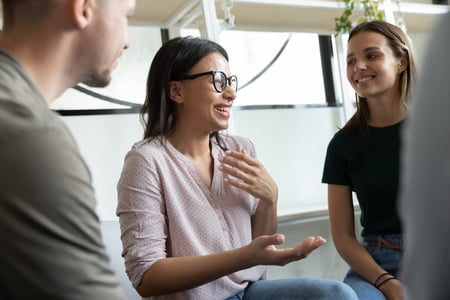NEW Arc of Emotional Regulation Poster!

Check out our blog for social-emotional learning articles, news, and more!

 Multi-component interventions for conduct disorder target several contexts of a child?s life (e.g., both home and school environments) and are generally more effective than single-component behavioral interventions. Whether the multi-component approach is cost-effective remains an unanswered question. This article analyzes two decades of data from the Incredible Years (IY) Series to examine the costeffectiveness of delivering multiple, stacked intervention components versus a single-component delivery approach. Cost-effectiveness analysis (CEA) provides decision makers with important economic information that can be used to aid in the selection of a program delivery format from one of several competing approaches. CEA concepts, including explicit budget constraints and strict dominance, are demonstrated using IY data; guidelines for interpreting CEA results are provided. Our analyses suggest that combining intervention components is a cost-effective approach to treating behavioral problems in a clinic-based youth population.
Multi-component interventions for conduct disorder target several contexts of a child?s life (e.g., both home and school environments) and are generally more effective than single-component behavioral interventions. Whether the multi-component approach is cost-effective remains an unanswered question. This article analyzes two decades of data from the Incredible Years (IY) Series to examine the costeffectiveness of delivering multiple, stacked intervention components versus a single-component delivery approach. Cost-effectiveness analysis (CEA) provides decision makers with important economic information that can be used to aid in the selection of a program delivery format from one of several competing approaches. CEA concepts, including explicit budget constraints and strict dominance, are demonstrated using IY data; guidelines for interpreting CEA results are provided. Our analyses suggest that combining intervention components is a cost-effective approach to treating behavioral problems in a clinic-based youth population.





